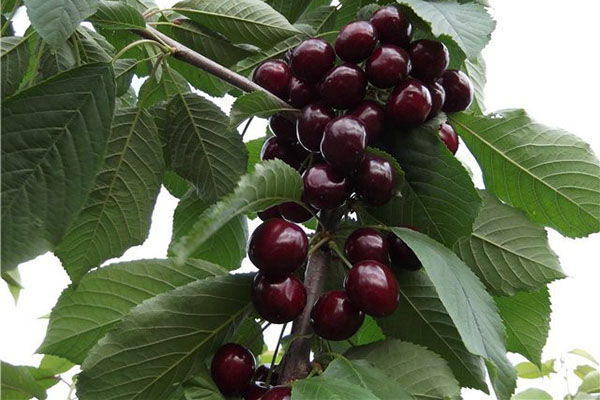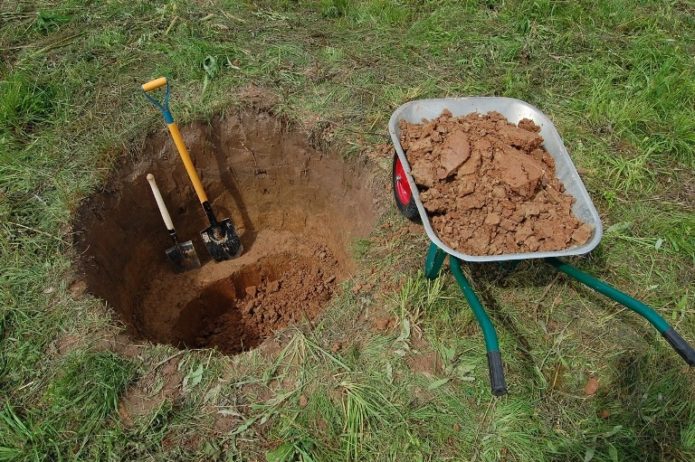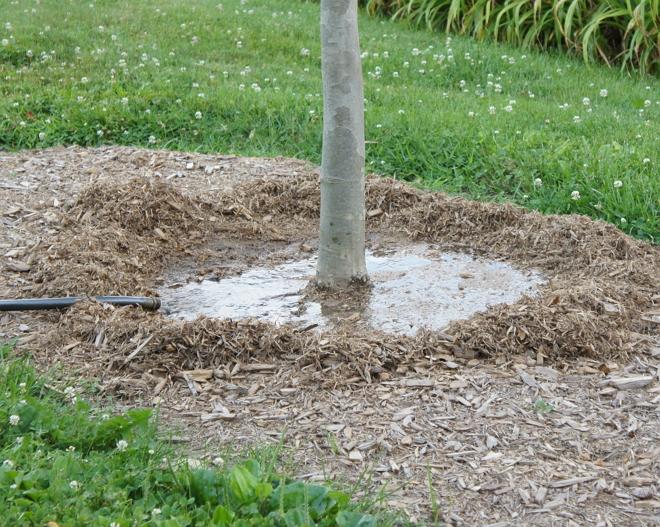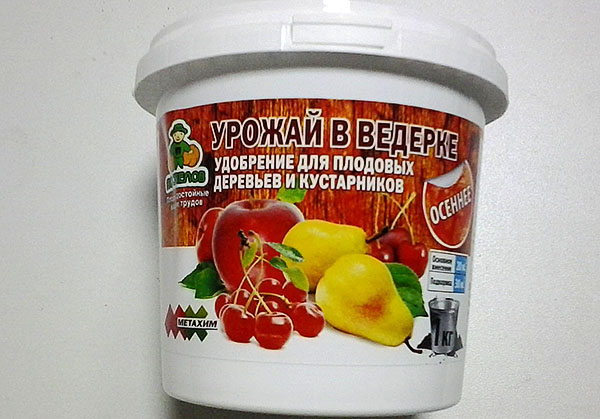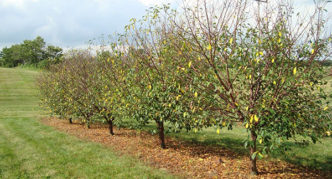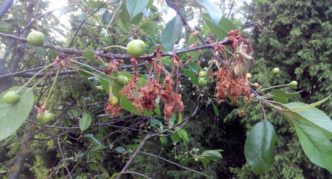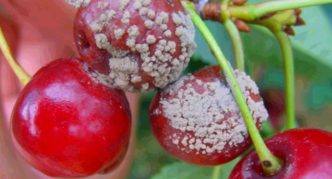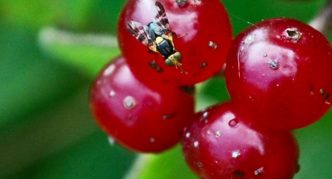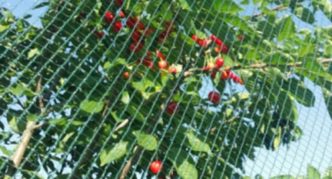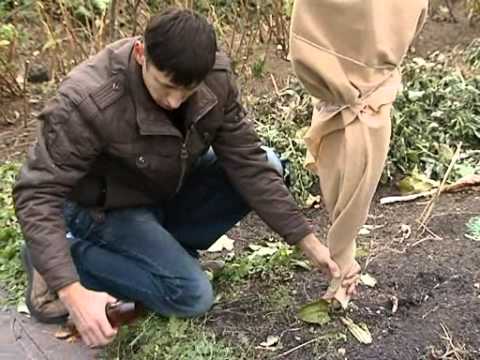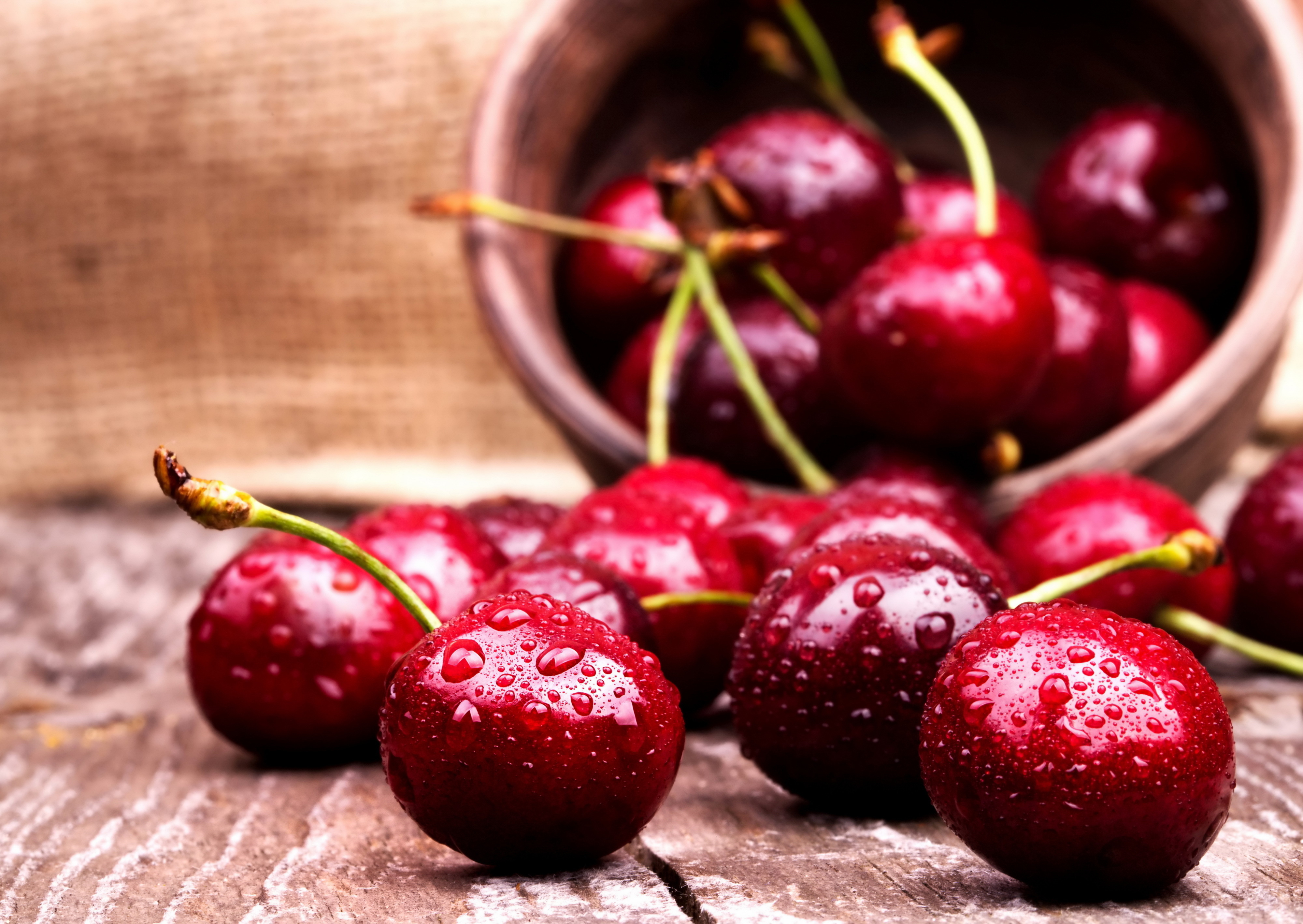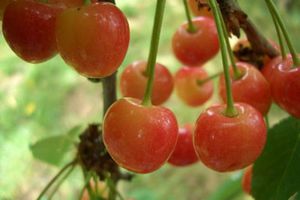Valery Chkalov is a variety that was bred back in the middle of the last century. The goal was to create and popularize fruitful cherries that are maximally adapted to the climate of the North Caucasian region. The variety has its drawbacks, but its high yield and excellent taste have helped it establish itself reliably in modern gardens.
Content
History of the cherry variety Valery Chkalov
The originators of the variety are the station of the Melitopol Experimental Gardening named after I. M.F. Sidorenko and the Central Genetic Laboratory. I.V. Michurin. The variety was the result of co-authorship of S. V. Zhukov and M. T. Oratovsky, who worked in the middle of the last century on the creation of regionalized varieties of sweet cherry. True, the seedling was born without their help. As a result of free pollination, the Caucasian pink sweet cherry bore fruits, from which trees grew, which attracted the attention of breeders. In 1953, they handed over a new cherry for variety testing, and for their stockiness (wide spreading crown) they named it in honor of the famous test pilot Valery Chkalov. The variety was entered in the register of breeding achievements in 1974, zoned for the North Caucasus region.
As a result of further breeding work with the Valery Chkalov variety, the varieties Valeria, Annushka, Donetskaya Krasavitsa, Gift to the hero of the day were bred.
Video: cherry harvest Valery Chkalov
Description of the variety
Cherry seedling Valery Chkalov grows into a powerful tree 5–6 m high. Skeletal branches extend from the trunk at an angle of 45–60⁰, the older the tree, the more spreading its crown. It is not surprising that such a giant has very large leaves - 10x19 cm, and fruits weighing 6-8 g.
The variety belongs to the early maturing: it blooms in early May, the fruits ripen in a month. Valery Chkalov pleases with the first harvest in the fifth year after planting. At the age of 10 years in the Krasnodar Territory, it gives 20-30 kg of berries, the maximum yield is 174 kg per tree, the average is about 60 kg for 10-19-year-old cherries.
The fruits are heart-shaped, oval or round, and are dark cherry-colored. They hold tightly on the stalk, the separation is wet, with the release of juice. The stone is large, poorly separable. The taste is sweet, belongs to the dessert varieties.
Table: pros and cons
| pros | Minuses |
| Early ripening. | Susceptible to coccomycosis, moniliosis, gray rot. |
| High productivity. | We need pollinators. |
| Winter hardiness (up to -23aboutFROM). | Pests and birds love to eat cherry fruits. |
| Good taste. | Poorly tolerates transportation. |
| Large fruits. |
Landing
When choosing a place for a seedling, keep in mind that you will have it for many decades to grow, take up a large area and begin to cast a strong shadow. Retreat at least 5–6 m from the nearest buildings and other trees. At the same time, cherries should be placed in a sunny place. In the shade, the seedling will stretch, the trunk and branches will grow thin and weak, the berries will be small and sour. Also excluded is a site with constantly wet soil that does not dry out after rains.
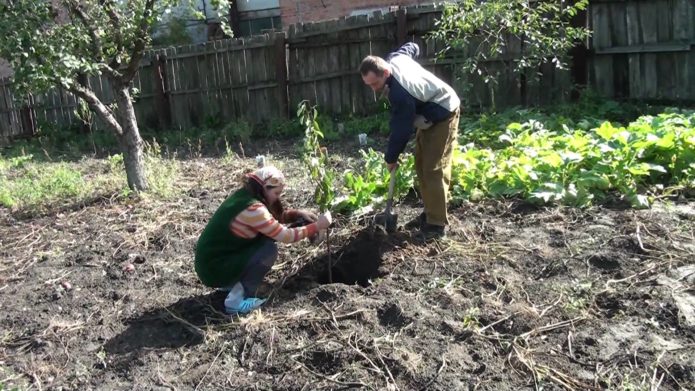
Sweet cherries can be planted on a sunny slope, stepping back at least 5 m from other trees, fence and buildings
Planting dates depend on the climate. Valery Chkalov is zoned for the North Caucasian region, which is characterized by mild winters and hot, dry summers, which means that the best time for planting is autumn, after leaf fall. When planting in spring to summer, young plants may not have time to take root, will suffer from heat, require constant watering and shading.
What should be the landing pit
There are different schemes and technologies for planting seedlings of the same culture, they depend on the composition of the soil. If you have fertile chernozem in your garden with a neutral reaction, then it is enough to dig a hole by the size of the roots on the day of planting and plant a plant. If the earth is clay, sandy, peaty, then you will have to prepare the hole in advance and fill it with the necessary cherry elements. This is done 2-3 months before planting, so that the soil mixture subsides and all the substances in it are dissolved and mixed. The average size of the pit is 70–80 cm in diameter and 60 cm in depth.
On infertile stony and clayey soils, gardeners dig even more solid holes - up to 1 m in width and depth.
Planting stages
- While digging, place the top layer of the earth (on the bayonet of a shovel) on a tarpaulin or a thick film, remove the bottom infertile from the site, it cannot be used for planting.
- Add the same amount of humus or compost, 300 g of superphosphate, 100 g of potash fertilizer and 300 g of dolomite flour to the soil of the top layer. Mix everything well.
- Fill the pit with the mixture. For 2-3 months, under the influence of rains, the earth will be compacted, all components will dissolve and interact. If you are not hoping for rain, water the pit yourself (1-2 buckets of water).
- On the day of planting, make a hole of such a size that the roots of the seedling are located in it freely, without bends. Do not deepen the root collar.
- Sprinkle the roots with earth, tamp lightly, make a hole for watering.
- Water and mulch the soil at the trunk.
The cultivar requires pollinators. The best will be April, Skorospelka, June early, blooming in the same period.
Video: planting cherries and caring for them
Cherry formation
A tree can be formed in the classical way - with one conductor and 5-6 skeletal branches, but modern gardeners have already tested the formation of a sweet cherry by a bush in practice and see the great advantages of this method:
- As a result of strong pruning, the height of the plant does not exceed 2-3 m, birds do not sit on the bush, which is safer on ordinary tall cherries.
- Fruiting does not go to the top and the periphery, as is usually the case with a tree. The crop is formed at a maximum at arm's length. Its volume does not decrease.
- Flowering begins earlier, already in the second or third year.
Video: about the advantages of forming a sweet cherry bush
Formation of cherries as a bush:
- In the spring in the first year after planting, cut the seedling to a height of 40-60 cm. During the warm season, the cherry will give many side branches.
- Shorten all shoots 1/5 of their length the following spring. If there are branches extending from the trunk at an acute angle, tilt them at an angle close to a straight line and fix them by tying them to pegs. By the fall, the branches themselves will keep in this position.
- In the following years, cut vertically, down and in the crown, dry and broken. Also, cut anything that grows 2–3 m above the ground.
Watering and feeding
Sweet cherries love moist, but not flooded soil. Therefore, watering and mulching are needed. Valery Chkalov is especially in need of water:
- during budding and flowering;
- when the ovaries grow to the size of a pea.
The approximate watering rate is 2-3 buckets per 1 m² of the trunk circle.You also need water-charging irrigation in October, but on condition that the autumn is dry. The rate of winter watering is 1.5 times more than usual.
Combine watering with dressing. Spread fertilizer around the tree trunk and then water. In the first half of summer, nitrogen fertilization is needed, for example, 50 g of urea per 1 m². You can add humus or compost mulch. In autumn, superphosphate (40-60 g / m²) and potassium sulfate (40 g / m²) are needed.
It is convenient to use ready-made mixtures for fruit trees, which are now sold in a wide range under the brands Agrovita, Agrooptorg, Agros.
Table: control of diseases and pests
| Disease / pest | Description of symptoms | Prevention and control |
| Coccomycosis | The leaves turn yellow and fall off prematurely. Cherries are already naked in the middle of summer. | These diseases are fungal and are treated in the same way:
|
| Moniliosis | Infection occurs during flowering, after 10 days, whole branches with leaves and flowers dry up. It looks like the cherry has been scorched by fire. The disease is also called monilial burn. | |
| Gray rot | The most obvious symptoms are the fruits on the sides turn brown and wrinkle, covered with a gray bloom of rot. | |
| Cherry fly | A two-winged pest 3-5 mm in size is the culprit of wormy cherries. Cherry fly starts at 18⁰C. She lays each egg in a separate berry. The larvae born from eggs feed on ripe cherry pulp. |
|
| Birds | Starlings, sparrows and other birds flock to the cherries in whole flocks. They may not eat berries, but they will bite them thoroughly. | Scarecrows, shiny discs, ribbons are useless devices. Birds quickly realize that these are inanimate objects and stop responding to them. There is only one effective remedy - a net that is used to wrap entire trees. |
Photo gallery: diseases and pests of sweet cherry
- Cherries affected by coccomycosis lose their foliage in the middle of summer
- A tree branch damaged by a monilial burn looks scorched by fire
- Gray rot makes cherries unsuitable for food
- Cherry fly larvae feed on the pulp of berries
- The net is a reliable remedy for birds who have chosen cherries
Harvesting
Cherry Valery Chkalov ripens unevenly, the collection takes place in several stages. The separation from the stalk is wet, juice flows out, therefore the variety is not suitable for long-term storage and transportation. Also, the berries are not suitable for freezing, after thawing they flow and lose their shape. However, the fruits of this variety are very tasty, sweet, good fresh, they are used for making juices, preserves, jams, candied fruits. This cherry produces a fragrant and beautiful wine.
Cherry pits contain poisonous hydrocyanic acid, therefore, before preparing winter preparations and wine, they must be removed from the berries.
Video: recipe for cherries in chocolate
Shelter for the winter
Cover young trees entirely from the cold and rodents, for example, by building a hut of bars, mesh and insulation. Use spruce branches, burlap, air-permeable covering material. For large trees, be sure to whitewash the trunks and branches to the maximum available height to protect the bark from sunburn and gum disease. Use the same materials as for seedlings to insulate adult cherries and protect them from rodents. Mulch the trunk circles with hay, straw, foliage in a layer of 10-15 cm.
Variety reviews
Variety Valery Chkalov grows huge (it is very difficult to collect it, because the branches are fragile), low-yielding (ours is 6 years old). Sparrows constantly peck at it, you have to pick it off when it is not ripe.
Cherry ripe yesterday Valery Chkalov. Delicious cherries. Despite the frosty winter, this is the second harvest with about a small bucket. This is an event for our region!
Very tasty cherry, one tree has been bearing fruit for the second year already. There are not many berries yet, but they are very tasty and I hope that over time I will have a good harvest.
On the basis of Valery Chkalov, a more successful variety Valeria was bred. Its yield is much higher, and the berries do not crack in wet rainy years. Moreover, the variety turned out to be more early-growing and frost-resistant than the Valery Chkalov variety.
Valery Chkalov is a classic sweet cherry, which has all the peculiarities of culture. The variety needs protection from the diseases and pests most common for stone fruit trees. The berries grow large and very tasty, but they still need to be protected from birds. But the result meets expectations - the fruits are good both fresh and for harvesting for the winter.

